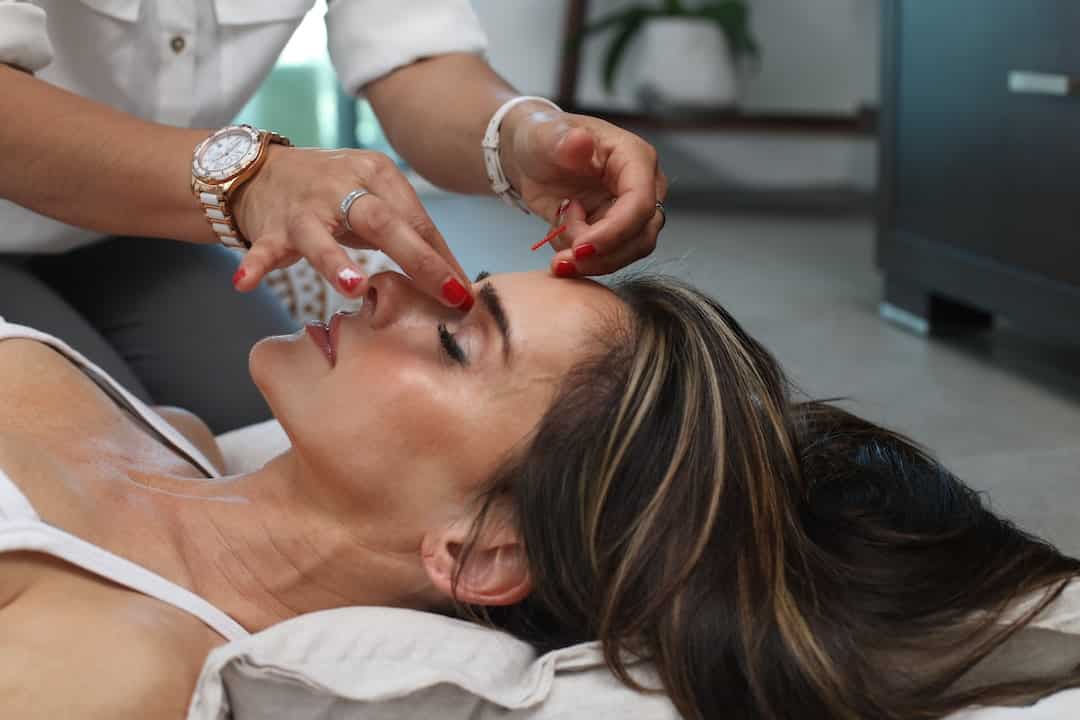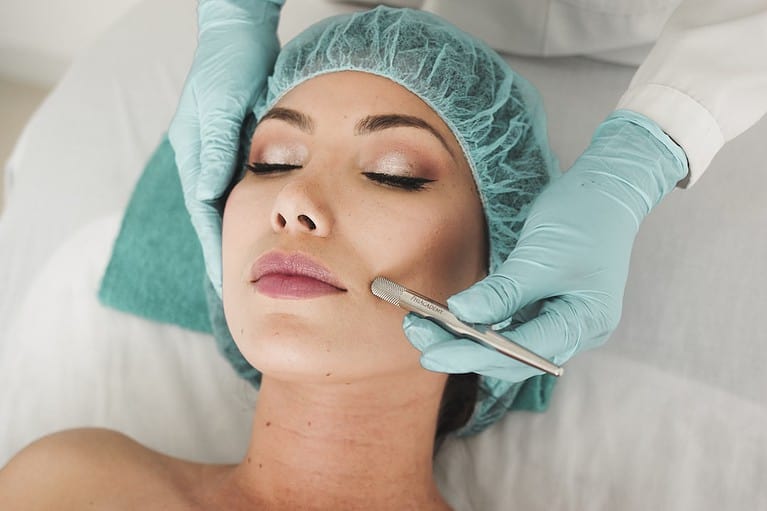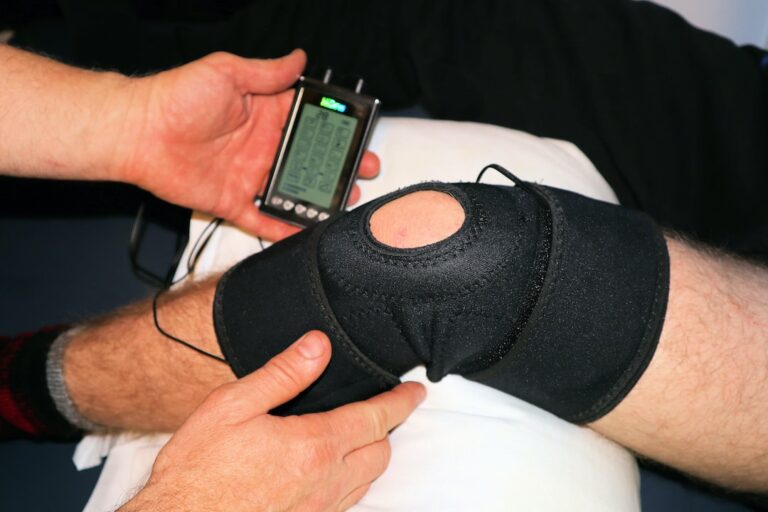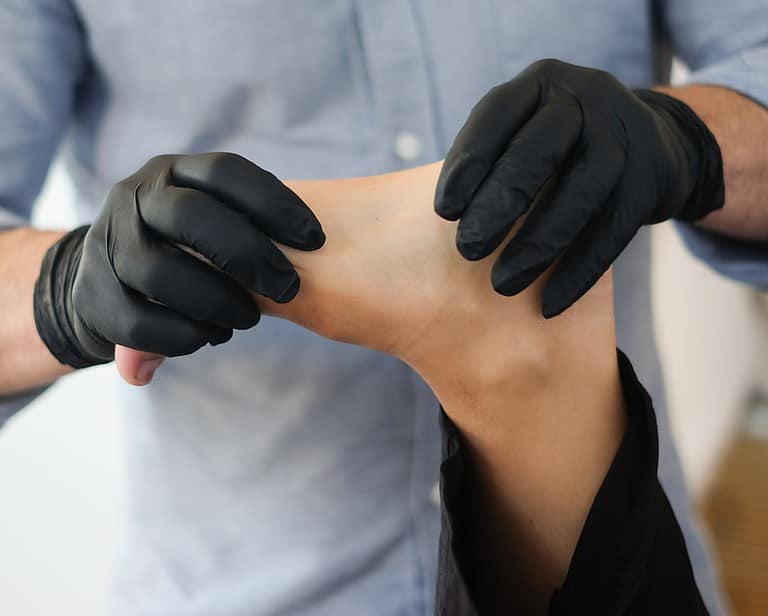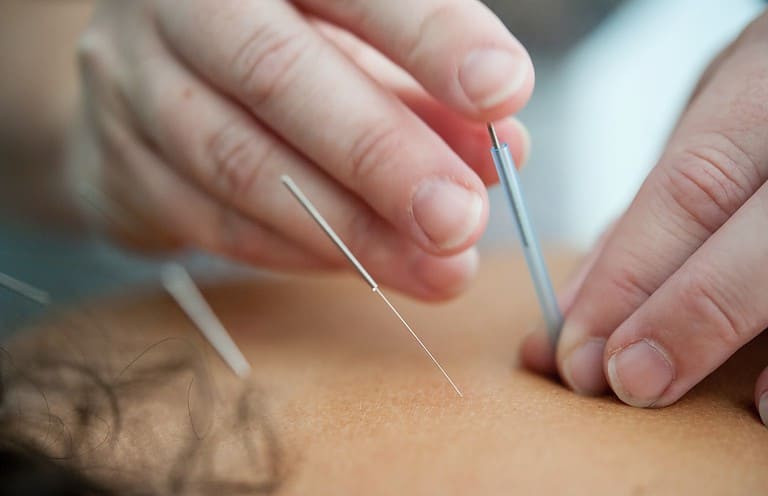Is Microcurrent Therapy Safe? A Guide to Microcurrent Basics
Is microcurrent therapy safe? It’s a question that more and more people are asking as this form of therapy grows in popularity. But before you dive into the world of microcurrent, it’s important to understand what it is and how it works.
Is there potential for harm or side effects? What should you look out for if considering using this type of treatment?
In this article, we’ll explore all these questions so you can decide whether microcurrent therapy is right for your needs. So let’s find out together: is microcurrent therapy safe?
Table of Contents
What is Microcurrent Therapy?
Microcurrent therapy is a type of physical therapy that uses low-level electrical currents to stimulate the body’s natural healing processes. It is sometimes referred to as electrotherapy, and it has been used in medical treatments for centuries. The goal of microcurrent therapy is to reduce pain, improve circulation, and speed up the healing process.
Microcurrent therapy involves applying small electrical currents (usually between 0.1 and 500 microamps) directly onto or near an injured area on the body or a target body part of the therapy. This helps promote tissue repair by stimulating nerve cells, increasing blood flow, reducing inflammation, and improving muscle tone.
Benefits of Microcurrent Therapy
There are many potential benefits associated with microcurrent therapy, including:
- Reduced pain levels.
- Improved range of motion.
- Increased circulation.
- Enhanced lymphatic drainage.
- Faster recovery from injury or surgery.
- Improved sleep quality.
- Better digestion.
- Reduced stress levels.
- Decreased fatigue levels.
- Strengthened immune system function.
Additionally one may experience more energy overall.
How Do Microcurrent Treatments Work?
During a session, electrodes are placed on either side of the affected area which then deliver tiny electric pulses through your skin into your muscles and tissues below it. These pulses are at specific frequencies determined by your therapist or doctor depending on what you need treatment for.
These pulses help stimulate cellular activity, which reduces inflammation while also promoting tissue regeneration. It allows you to heal faster than normal without having to take any medications or undergo invasive procedures such as surgery or injections.
Microcurrent therapy is a safe and effective way to improve overall health, reduce pain, and promote healing. However, it’s important to understand the potential risks and safety considerations before undergoing treatment.
Is Microcurrent Therapy Safe?
Microcurrent therapy treatments use electrical stimulation used to treat pain and other conditions. It has become increasingly popular in recent years, as it is thought to be safe and effective for many people.
However, there are potential risks associated with the use of microcurrent therapy treatments that should be considered before undergoing treatment.
Potential Risks and Side Effects of Microcurrent Devices
While microcurrent therapy is generally considered safe, there are some potential risks and side effects that should be taken into consideration. These include:
- Skin irritation or burning sensations at the site of application.
- Muscle spasms or twitching.
- Dizziness or lightheadedness.
- Nausea, headaches, and fatigue after treatment sessions.
- Increased sensitivity to touch in treated areas.
- Temporary changes in blood pressure levels.
Minimizing Risks of Microcurrent Treatments
To minimize any potential risks associated with microcurrent therapy it is important to follow all instructions provided by your healthcare provider when using this type of treatment. Additionally, you should avoid applying the device directly over open wounds or broken skin.
Do not use microcurrent devices if you have an implanted medical device such as a pacemaker or metal implants. Make sure the area being treated is clean before application, and never apply more than one electrode on each side of your body.
Additionally, keep the device away from eyes and mucous membranes. Discontinue use immediately if any adverse reactions occur during treatment sessions.
Consult with your doctor before beginning any new treatments involving electrical stimulation devices like those used for microcurrent therapy.
Although microcurrent therapy is generally safe, it’s important to be aware of the potential risks and take appropriate precautions. To ensure safety, it’s best to consult a doctor before using this type of treatment.
Who Should Not Use Microcurrent Therapy?
Is microcurrent safe? Microcurrent technology has been used to treat various conditions, including chronic pain and muscle tension. While it can be beneficial for many people, certain individuals should not use this type of therapy due to potential risks or side effects.
People With Certain Medical Conditions
Individuals with pacemakers, implanted defibrillators, metal implants in their bodies, epilepsy, or any other serious medical condition should avoid using microcurrent therapy as it may interfere with these devices or cause adverse reactions. Additionally, those taking medications such as blood thinners or insulin should also consult their doctor before trying this treatment method.
Pregnant Women and Nursing Mothers
Pregnant women and nursing mothers should not use microcurrent therapy because its safety during pregnancy has not yet been established by scientific studies. Therefore, pregnant women and nursing mothers are advised to avoid using this form of treatment until more research is conducted on its safety during pregnancy and breastfeeding periods.
Children Under 18 Years of Age
Children under the age of 18 years old should also refrain from using microcurrent therapy since its long-term effects on children have yet to be studied extensively enough for conclusive results regarding its safety in young patients. Therefore, parents are encouraged to discuss any potential treatments with their child’s pediatrician before attempting them at home without professional guidance
Microcurrent therapy may not be safe for certain individuals, such as those with medical conditions, pregnant women and nursing mothers, and children under 18. For these people, there are other alternatives to explore such as massage therapy, acupuncture, acupressure, or physical exercise.

(Source)
Alternatives to Microcurrent Therapy
We know the answer to “is microcurrent therapy safe” is yes, but there are certain risks for certain demographics. For people who need alternative treatment options, here are some suggestions.
Massage Therapy
Massage therapy is an excellent alternative to microcurrent therapy. It involves the manipulation of soft tissue, such as muscles, tendons, and ligaments, to reduce pain and tension.
Massage therapy can help improve circulation, relieve stress, and promote relaxation. It can also be used to treat chronic conditions such as fibromyalgia or arthritis. Massage therapists use a variety of techniques including Swedish massage, deep tissue massage, and trigger point therapy.
Acupuncture and Acupressure
Acupuncture and acupressure are two other alternative treatment options. These involve inserting needles into specific points on the body to stimulate healing energy pathways known as meridians. This helps restore balance within the body’s systems which can lead to improved health overall.
Acupuncture has been used for centuries in traditional Chinese medicine while acupressure is a more modern technique based on acupuncture principles but without using needles. Both methods have been found effective for treating many different types of pain including headaches, backaches, and joint pain due to arthritis or injury.
Conclusion
Is microcurrent therapy safe? Yes, microcurrent therapy is a safe and effective treatment for many conditions. However, it is important to understand that some people should not use this type of therapy.
Those with pacemakers or other implanted medical devices, pregnant women, and those taking certain medications should avoid using microcurrent therapy. If you are unsure if this type of treatment is right for you, consult your doctor before trying it out.

